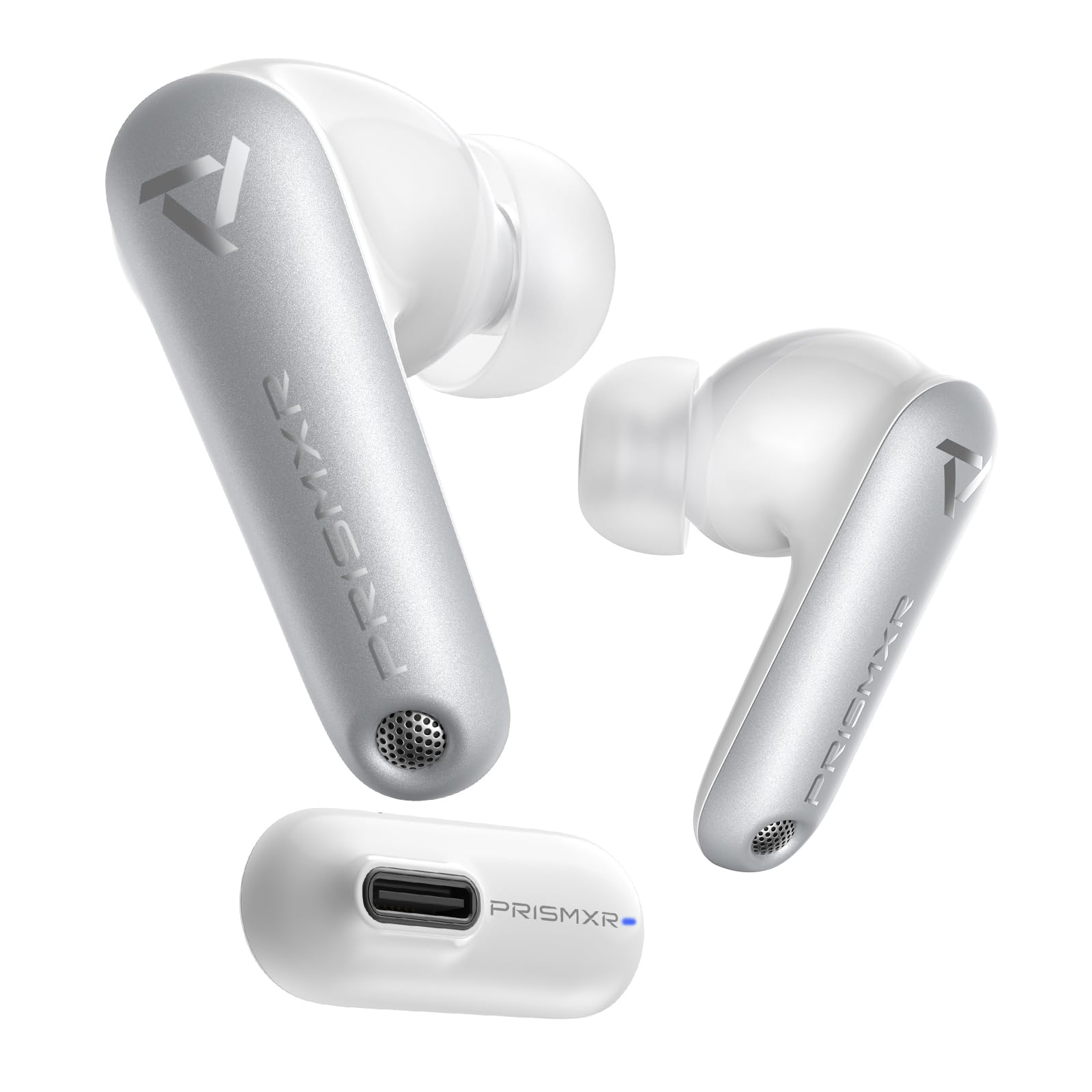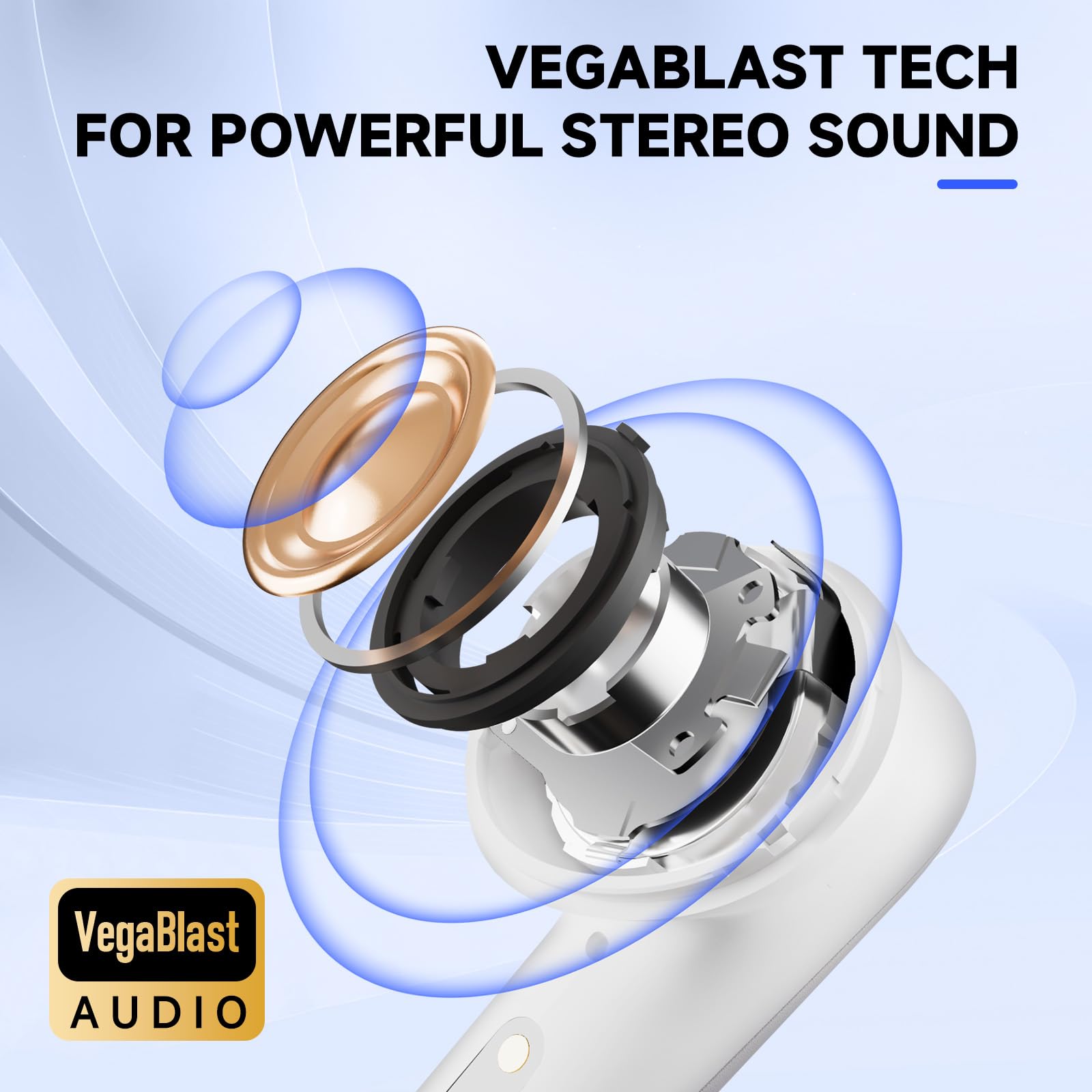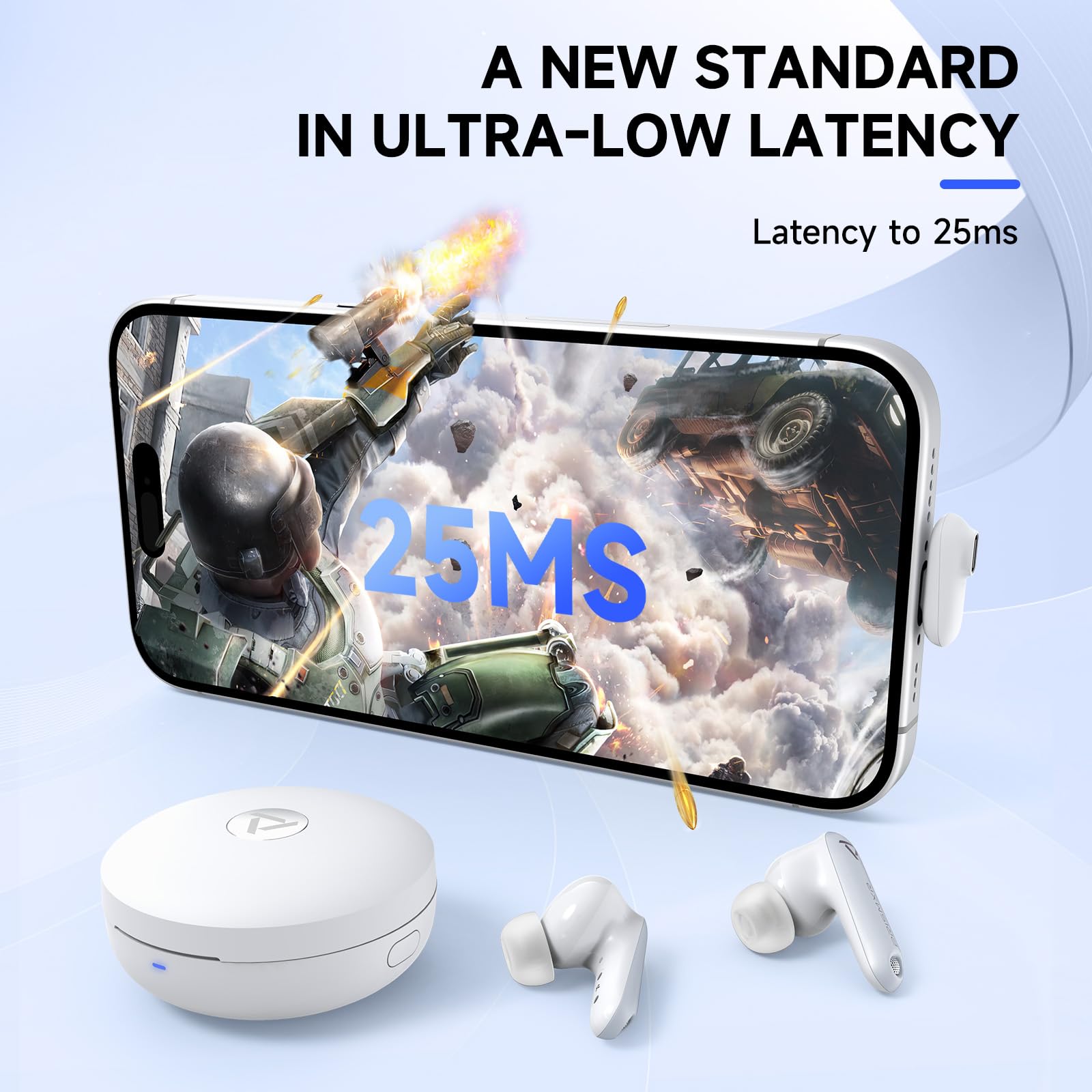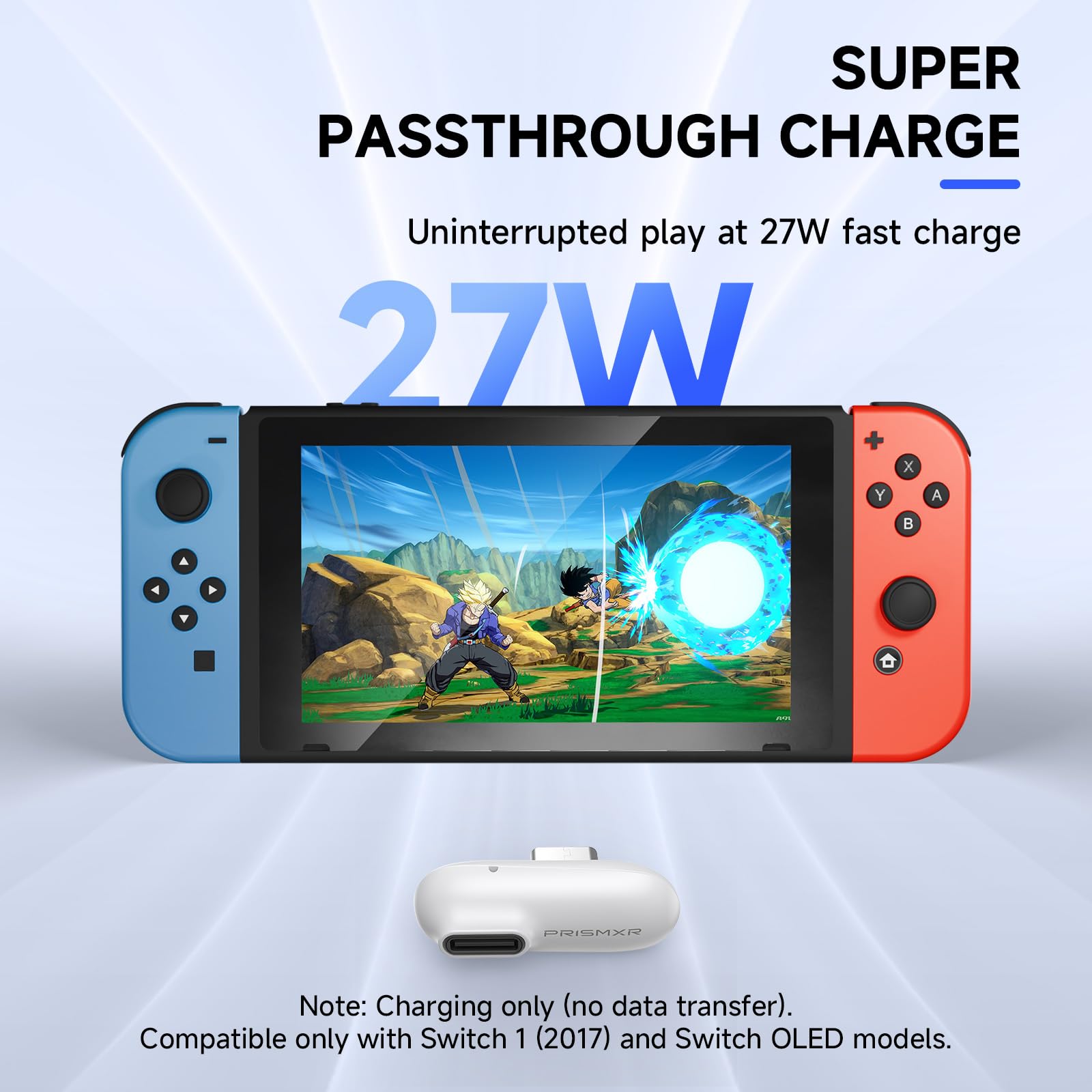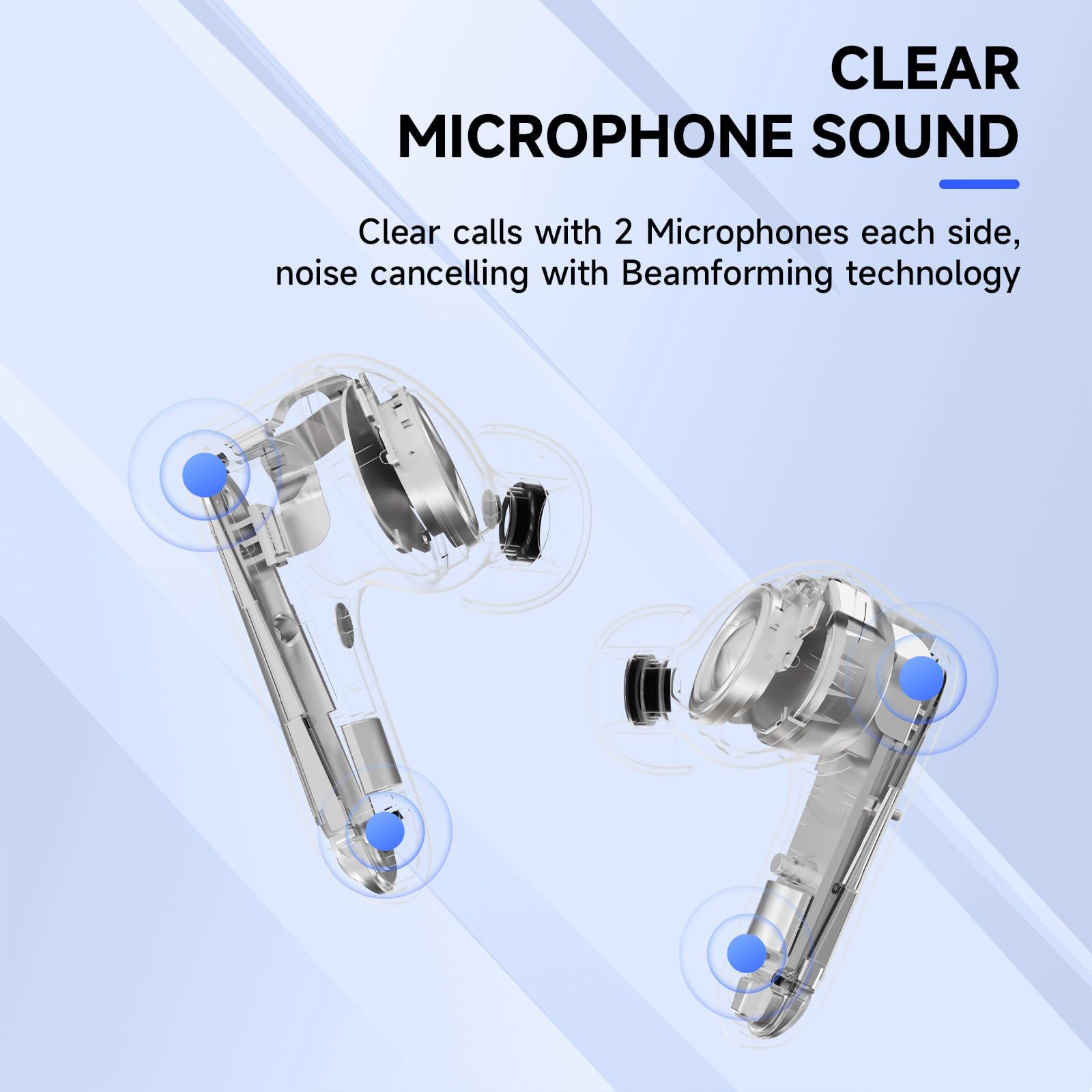PRISMXR in-Ear Gaming Headphones Review
We independently review everything we recommend. When you buy through our links, we may earn a commission which is paid directly to our Australia-based writers, editors, and support staff. Thank you for your support!
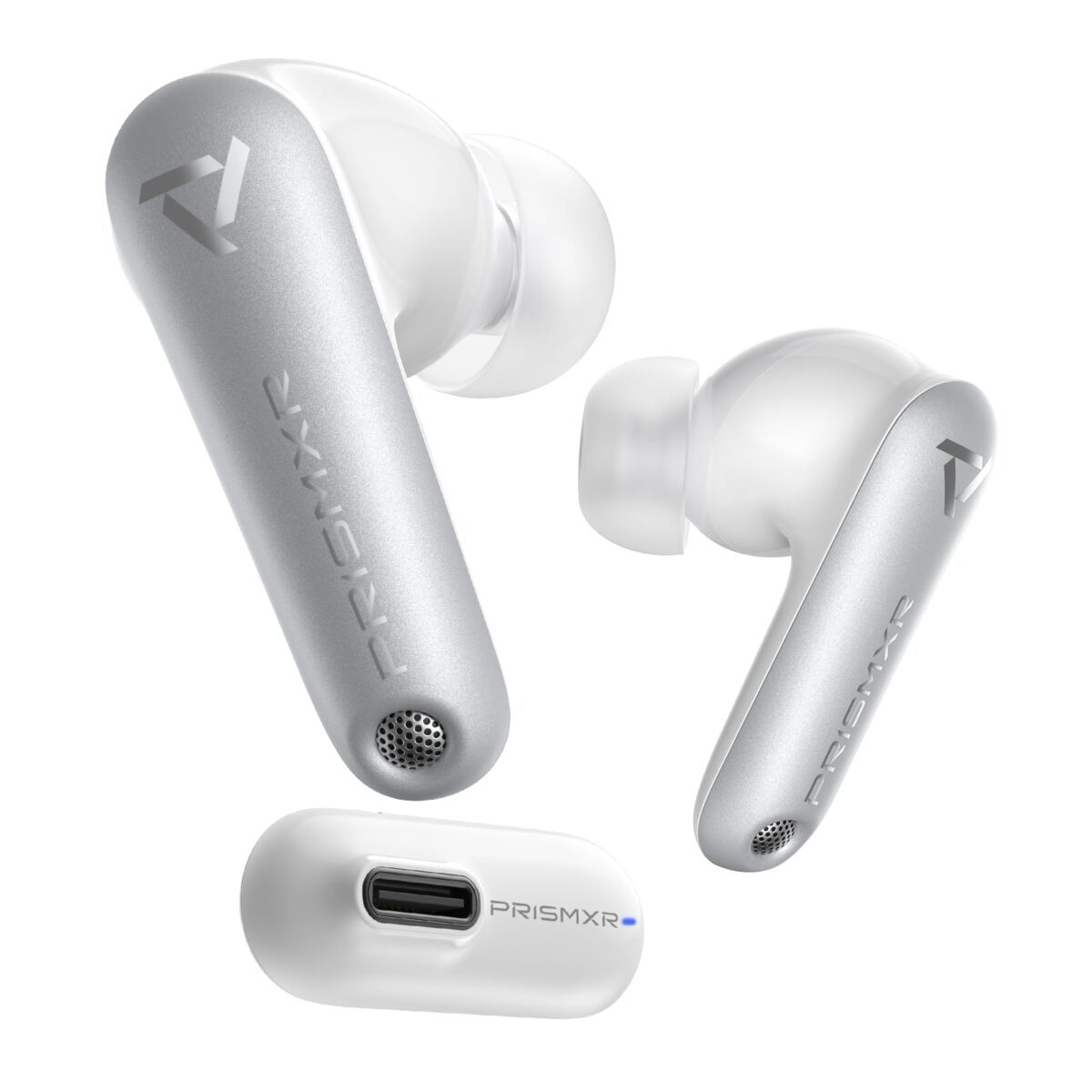
In the realm of gaming audio, the PRISMXR In-Ear Gaming Headphones in White are making a bold entrance. Claiming to deliver a symphony for your ears, these wireless earbuds come equipped with a USB-C Dongle to cater to your gaming needs on various platforms. But does this gadget hit all the right notes or fall flat?
Featuring VegaBlast Tech, these in-ear headphones promise to ignite your enthusiasm with their audio quality. Crafted from PU + Bionic fibre layers and the magical touch of a high-purity copper coil, these earbuds boast of a rich bass and an expansive sound field. But can these materials truly deliver a legendary sonic experience, or is it all just sonic smoke and mirrors?
If you desire perfect sync in your gaming escapades, the claimed 25 milliseconds latency reduction powered by ZeroDrag technology might catch your attention. With the promise of a response time akin to wired connections, these Bluetooth earphones are set to elevate your gaming sessions to new heights. But can they truly keep pace with the demands of virtual worlds and vibrant game landscapes, or will there be a noticeable lag in your auditory experience?
What about the convenience factor? PRISMXR suggests worry-free gaming accompanied by lively discussions with the TWS gaming earbuds for seamless entertainment. But can you trust these earbuds to deliver on their promise of uninterrupted gaming bliss, or will you find yourself entangled in a web of connectivity issues?
Concerns about keeping your devices charged will, supposedly, be alleviated by the Super Passthrough feature, preserving your USB-C port for other uses while quick-charging your gaming gadgets. But can this charging solution truly keep up with your fast-paced gaming lifestyle, or will it fall short when the battery levels dip?
In terms of compatibility, the promise of a simple “Plug and Play” experience is enticing. Connecting effortlessly to a plethora of devices without complex configurations sounds appealing. But can these gaming earbuds seamlessly adapt to the multifaceted tech landscape, or will users encounter compatibility hurdles along the way?
Wrapping it all up, the PRISMXR team offers an 18-month Worry-Free Warranty to soothe any concerns with their product. With 24/7 customer service, they aim to enhance your virtual reality experience. But can this warranty truly provide peace of mind, or will users find themselves needing it sooner rather than later?
Key Technical Specifications
- Wireless Connectivity: Bluetooth with USB-C Dongle
- Latency: 25ms Low Latency
- Compatibility: PS 5/4, Meta Quest 3/3S/2, Switch, Steam Deck, PC, 2.4GHz WiFi
- Driver Material: PU + Bionic Fibre Layers, High-Purity Copper Coil
- Magnet Type: Rare Earth Magnet
- Sound Optimization: PRISMXR Precision Tuned Tone
- Technology: VegaBlast Tech, ZeroDrag
- Charging: Super Passthrough Charge, 27W
- Charging Case: Up to 3 Full Charges, Quick Charge: 2 Hours of Use in 10 Minutes
- Compatibility: Plug and Play with Various Devices
- Warranty: 18 Month Worry-Free Warranty
Are PRISMXR Vega T1 In-Ear Gaming Headphones the New Standard? A Comparative Analysis
In the realm of wireless gaming earbuds, the PRISMXR Vega T1 presents itself as a noteworthy contender, primarily targeting the dedicated gaming community with its low latency and versatile compatibility. These earbuds make a strong case for gamers seeking to bridge the gap between audio performance and ease of use across multiple platforms. However, the Vega T1 isn’t without its set of challenges, especially when stacked against rivals in the category.
The standout feature of the PRISMXR Vega T1 is its impressive 25ms low latency, courtesy of the ZeroDrag technology. This is a competitive advantage over many typical Bluetooth earbuds that often lag behind in response time. For gamers, such latency can be the difference between winning and losing, making these buds an attractive choice. However, when compared to the reigning champions of low-latency audio, such as the Razer Hammerhead True Wireless Pro with ANC and lower overall latency, the Vega T1 might not entirely seal the deal for audiophiles seeking the utmost precision.
A noteworthy advantage of these gaming earbuds is their wide compatibility. Whether you’re playing on a PS5, Meta Quest, Switch, or even a Steam Deck, the Vega T1’s plug-and-play dongle is a breath of fresh air, allowing seamless integration without lengthy configurations. Yet, this ease of use doesn’t fully compete with brands like Sony, which deliver a more tailored user interface and software integration, providing gamers more control over their audio settings.
The Vega T1’s sound quality with VegaBlast Tech, while providing a rich bass, might still fall short for those who crave the complete high-fidelity experience. Competing models, particularly from well-established audio brands, offer more refined soundscapes with better noise isolation and active noise cancelling features, which are absent in this model. Consequently, if sound immersion is a top priority, potential buyers may find more appealing options elsewhere.
Furthermore, the quick charge feature ensures gamers can stay in the action without long interruptions. Yet, the total battery life, though decent, doesn’t parallel heavyweights like the Apple AirPods Pro, which offer extended listening times and superior battery management technologies. Hence, frequent travellers or long-session gamers might find themselves longing for fewer trips to the charging case.
Despite these potential drawbacks, the PRISMXR Vega T1 In-Ear Gaming Headphones still hold a strong position for the casual to mid-level gamer. They deliver substantial value with user-friendly features, making them ideal for those who want simplicity without sacrificing necessary gaming specs. In a market that continues to evolve, these earbuds serve as a reminder that while technological excellence is ideal, it’s the balance between features, simplicity, and accessibility that often wins consumers over.

